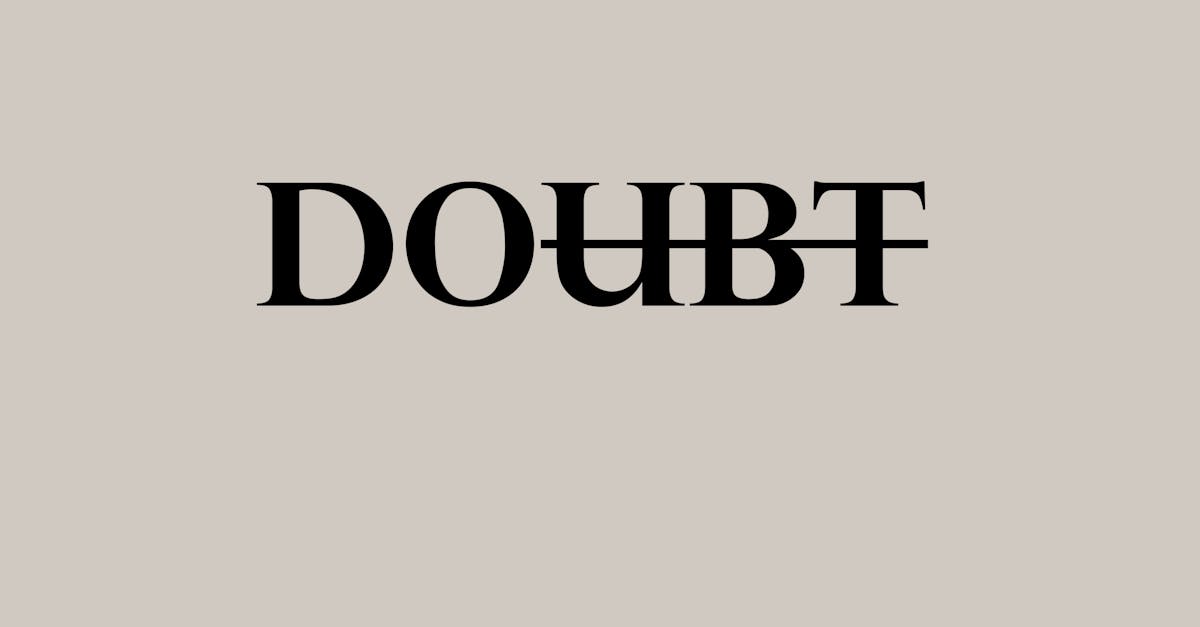
Freelancing as a graphic designer provides incredible opportunities to control your schedule, choose rewarding projects, and earn income on your own terms. However, launching a profitable freelance business takes research and preparation across many facets beyond just design skills. This comprehensive guide to Graphic Design Freelancing 101 covers key questions new freelancers have when getting started.
How do I build my graphic design freelancing portfolio?
Building a strong portfolio is crucial for getting graphic design freelance work. Here are 10 tips:
- Showcase around 10 high-quality projects that highlight your skills and style. Too many pieces can be overwhelming.
- Include a good mix of logos, branding, packaging, illustrations, marketing materials, websites, etc. Variety is important.
- Show the project purpose, process, and final designs. Document your role and contributions.
- Optimize images for web and include captions and context. Make them easy to view and understand.
- Feature recent work from the last 1-3 years. You can have an archive section for older projects.
- List project details like client, date, and services provided. Show real-world experience.
- Showcase work relevant to your target clients and preferred projects. Align with specialties.
- Feature both personal and client work. Personal designs show your interests and capabilities.
- Use a simple, organized site architecture focused on the work itself. Avoid fancy distractions.
- Write compelling project summaries that capture attention and communicate value.
What skills I need to be a freelance graphic designer?

Beyond design skills, these 10 competencies are key:
- Communication skills – Clearly convey ideas and collaborate with clients.
- Writing skills – Write project proposals, contracts, invoices, etc.
- Consultative skills – Understand client needs and provide solutions.
- Time management – Balance multiple projects and meet deadlines.
- Business & marketing skills – Promote services, negotiate rates, etc.
- Legal & accounting basics – Contracts, invoices, taxes, insurance, etc.
- Project skills – Plan and execute projects efficiently.
- Technical skills – Proficiency with essential software and tools.
- Research skills – Investigate solutions creatively and analytically.
- Self-discipline – Maintain consistent productivity as your own boss.
How much should I charge for my graphic design freelance services?
Pricing appropriately is vital for a profitable freelance business. Here are 10 factors to consider when setting rates:
- Experience level and portfolio quality – more experience warrants higher fees.
- Design specialty – logo design, web design, etc. may have different price ranges.
- Project scope and needs – simpler projects usually cost less than complex branding initiatives.
- Client budget – adjust quotes based on what clients can reasonably afford.
- Industry standards and location – research competitor rates in your region and niche.
- Business expenses – factor in costs of software, hardware, insurance, etc.
- Taxes – account for income tax payments in your hourly project pricing.
- Value perception – price based on the value you provide, not just time spent.
- Gut feeling and negotiating power – establish rates you feel good about.
- Testing and refinement – continuously fine-tune pricing for profitability.
Where do I find freelance graphic design clients?

Sources for finding clients include:
- Networking – ask contacts about opportunities referrals.
- Existing clients – offer additional services and get introductions.
- Small business directories – identify local clients.
- LinkedIn – connect with those needing design services.
- Design trade organizations – partners may need support.
- Freelancing websites – create detailed profiles on sites like Upwork.
- Job boards – check boards like Behance and Dribbble.
- Design competitions – winners often get new clients.
- Cold emailing – target outreach to ideal customer profiles.
- Content marketing – establish expertise through blogging and social media.
How should I promote my freelance graphic design services?
To market a freelance design business:
- Build an amazing online portfolio website showing capabilities and style.
- Create professional profiles on LinkedIn, Dribbble, Behance and freelancing sites like Upwork and Fiverr.
- Publish case studies on your website demonstrating success with real clients.
- Develop custom brochures, one sheets, and sales sheets tailored to ideal clients.
- Send regular emails to past clients with new work samples and service offers.
- Attend local networking events and design conferences to connect in-person.
- Run targeted Facebook and Instagram ads promoting portfolio and services.
- Guest post and contribute quotes or articles to design blogs aligned with your niche.
- Give free talks or workshops on specialty topics to establish credibility.
- Distribute free illustrated social media icons, wallpapers, or templates with branding to increase awareness.
What legal documents do I need as a freelancer?

Essential legal documents include:
- Business licenses and tax registrations to formally register your freelance business based on local requirements.
- Service agreements and contracts that outline project scope, timelines, payment schedules, intellectual property rights, etc. Have a lawyer review template agreements.
- Non-disclosure agreements to protect sensitive client information.
- Time tracking and project documentation to evidence work completed and enable invoicing.
- Invoices and receipts to formally bill clients and record payments. Include payment terms.
- General terms and conditions covering common issues like late fees, revisions, expenses, cancellations, etc. Link to or attach to agreements.
- Liability waivers freeing you from being liable for certain client damages or losses.
- Licensing agreements specifying how design assets you create can be used by a client after a project finishes.
- Model and property releases allowing you to legally use photos and intellectual property during projects.
- Tax forms and accounting procedures to pay required income and sales taxes on freelance earnings.
What equipment and tools will I need as a graphic design freelancer?
10 essential tools and equipment for freelance designers include:
- A reliable, powerful laptop or desktop computer able to run graphics programs.
- Backup storage solutions like external hard drives to securely store client files and portfolios.
- A suite of current design software like Adobe Creative Cloud apps, Procreate, or Affinity.
- Drawing devices like an iPad, graphic tablet, or multi-touch screen laptop for illustration.
- High resolution, color-accurate monitors for design work and proofing files before printing or production.
- Comfortable desk setup and chair allowing you work productively for hours without strain.
- Fast, stable internet connection with adequate bandwidth for transferring large files.
- Productivity apps like Basecamp, Trello, or Asana to manage projects.
- Accounting software like QuickBooks or FreshBooks to create invoices and track finances.
- Scanner to digitize paper documents, sketches, storyboards, and more.
How do I handle taxes as a freelance designer?

Follow these 10 tips for handling freelance taxes properly:
- Classify your business appropriately for tax purposes based on business structure.
- Obtain an Employer Identification Number from the IRS if operating as a business.
- Consider forming an LLC or corporation to limit personal liability.
- Document business income and expenses for completing tax returns accurately.
- Pay estimated quarterly income taxes to avoid penalties for underpayment.
- Contribute to tax-advantaged retirement accounts like a SEP IRA or Solo 401k to lower taxable income.
- Explore tax deductions related to a home office, health insurance, travel, equipment, etc.
- Hire a knowledgeable accountant or tax preparer if you need help understanding complex tax issues.
- Stay current on record keeping and maintain good financial practices year-round.
- Set aside 20-30% of earnings for taxes to ensure you can cover your tax liability.
How do I manage my time and projects effectively?
Successfully juggling multiple projects calls for excellent time management. Strategies to try:
- Set regular office hours and stick to them. Communicate availability to clients.
- Create a daily task list to focus your efforts on priority projects first.
- Use project management systems and content calendars to schedule major milestones and tasks.
- Batch simpler tasks together to complete them in focused blocks of time. Here is a continuation of subheading 9 on effectively managing time and projects as a freelance designer:
- Build buffers into project timelines and avoid overpromising tight turnarounds.
- Set reminders for meetings, follow ups, deadlines, and billing dates so items don’t slip through cracks.
- Automate admin tasks like reporting or backups wherever possible to save time.
- Maintain an organized file and asset system for quick access to materials.
- Take breaks, limit distractions, and minimize context switching between complex projects.
- Continuously refine systems until you create reliable workflows. Consider assistance if overloaded.
How do I maintain motivation and avoid burnout?

Running a fulfilling, sustainable freelance design business requires avoiding fatigue and cultivating positive energy through:
- Setting boundaries and learning when to say no if clients demand unrealistic workloads. Don’t overcommit.
- Taking regular time off for vacation and nurturing your creative spirit through activities unrelated to client work. Disconnect fully.
- Investing time and money into continuing education through courses, mentorships, masterminds or conferences to continue growing skills.
- Making health and wellness a priority through proper sleep habits, exercise, nutrition and stress management techniques like meditation or yoga. Don’t neglect self-care.
- Setting big picture goals, vision boards and benchmarks to maintain focus on the future during day-to-day grinding client work. Revisit motivations often.
- Establishing rewarding rituals like starting days with inspirational reading or closing out weeks by acknowledging achievements.
- Maintaining vibrant inspiration sources like designer podcasts, sites, exhibits and meetups you enjoy. Immerse in the creative community both locally and virtually.
- Ensuring finances are predictable by having multiple income streams like retain ers, merchandise sales or passive income to complement client billings. Have reserves and contingency plans.
- Preserving time for creative personal projects between client work to exercise new skills and spark passion.
- Connecting regularly with mentors, colleagues and mastermind peer groups to combat isolation, troubleshoot hurdles and discuss ideas. Enlist support.
Concluding Thoughts for Graphic Design Freelancing
So you want to spread your creative wings beyond the confines of a single company? The allure of becoming a freelance graphic designer is strong. Who wouldn’t want the freedom and flexibility to chart their own course?
However, flying solo is not for the faint of heart. It requires just as much left-brain business savvy as right-brain design talent. You must juggle sales, marketing, accounting, project management and delivery with equal dexterity.
The path can be daunting, but for those wired for autonomy and the challenge of wearing many hats, exhilarating rewards await. There are always fresh problems to solve as you leave your creative mark on the world.
Wrap your head around the key fundamentals – from structuring your business to managing finances, legal protections, taxes and pricing strategies. Build a diversified client portfolio across industries. Master productivity and organization. Learn to trust your talents while continuously developing skills.
Most importantly, know yourself. What fires you up and what burns you out? Find work-life balance and pace yourself for the long game.
Charting your own course is a risk worth taking if you feel the entrepreneurial itch. With diligence, support and belief in your gifts, you can build a thriving design business and life true to your vision. Are you ready to take flight?

